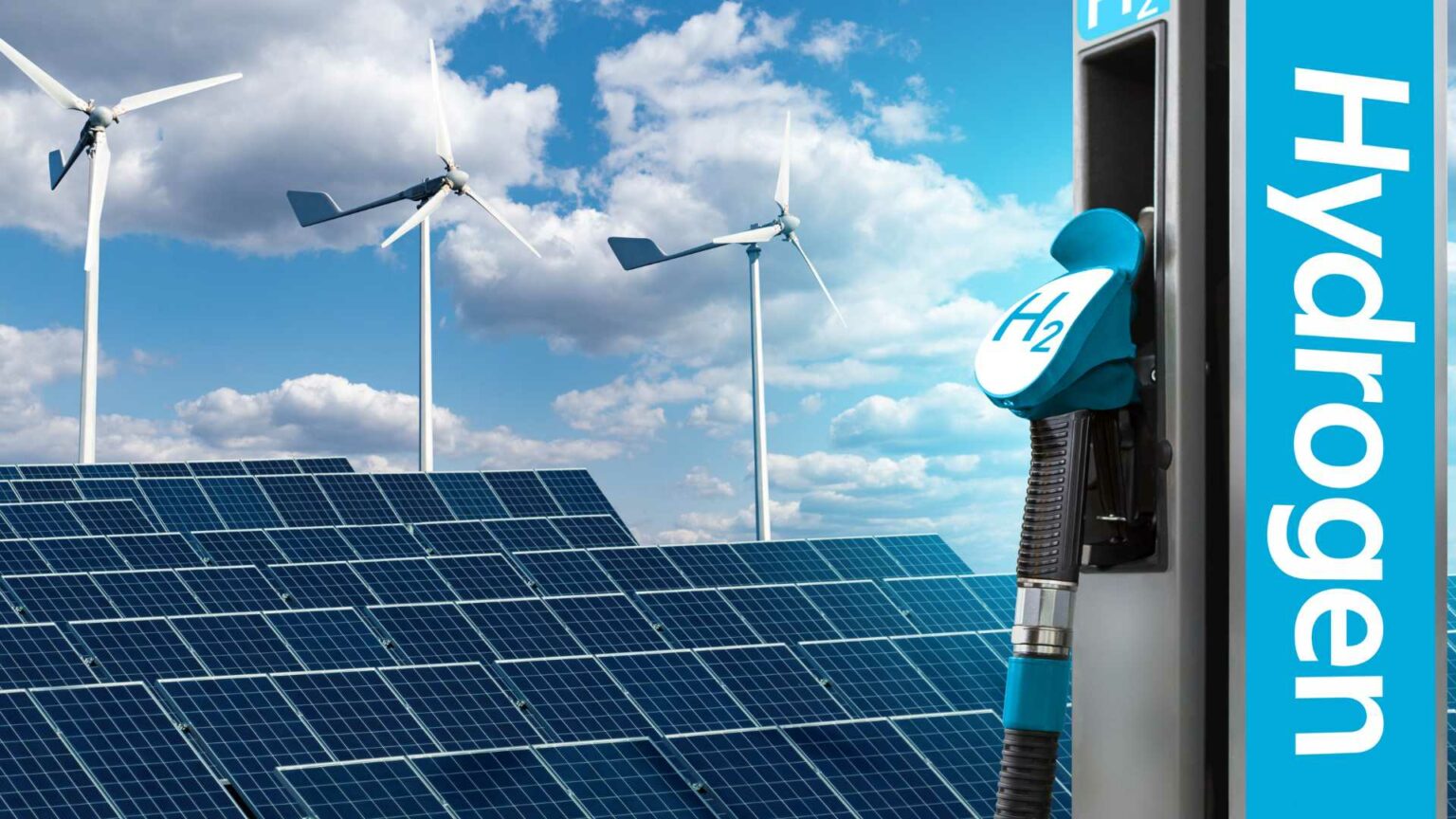Renewable energy is picking up speed globally, and according to the latest report from the International Energy Agency (IEA), it’s set to power almost half of the world’s electricity needs by 2030.
The “Renewables 2024” report reveals that over the next six years, the world will add more than 5,500 gigawatts of new renewable energy capacity—about three times the growth seen between 2017 and 2023. What’s even more striking is that this surge is equivalent to the current combined power capacity of China, the European Union, India, and the United States. China, in particular, is leading the way, accounting for almost 60% of this growth.
Solar power is the clear frontrunner, with photovoltaic (PV) installations set to contribute a massive 80% of the global renewable capacity increase by 2030. Large-scale solar farms are popping up everywhere, and more businesses and households are investing in rooftop installations. Wind energy is also expected to bounce back after a few tough years, with its expansion rate set to double by 2030. In fact, solar and wind are already the most cost-effective options for adding new electricity generation in most parts of the world.
The report predicts that by 2030, nearly 70 countries—responsible for 80% of global renewable power capacity—will either meet or exceed their current renewable energy targets. While this growth doesn’t quite match the ambitious goal set at the COP28 climate summit to triple global renewable capacity by the end of the decade, it still represents a significant leap forward. The IEA believes that fully achieving this target is possible if governments take immediate action, such as updating their Nationally Determined Contributions under the Paris Agreement and addressing the high financing costs in emerging markets like Africa and Southeast Asia.
IEA’s Executive Director, Fatih Birol, emphasized that renewables are advancing so quickly that they are outpacing national energy targets. What’s driving this acceleration isn’t just the need to cut carbon emissions or boost energy security—it’s also that renewables now offer the cheapest way to build new power plants in nearly every country.
Beyond electricity, the share of renewables in overall energy consumption is expected to rise from 13% today to nearly 20% by 2030. However, renewable fuels—like biofuels, biogases, hydrogen, and e-fuels—are lagging behind. Without more targeted policy support, these fuels will remain costly and their adoption limited, which could hinder efforts to decarbonize sectors that can’t easily switch to electricity.
Another key finding of the report is the state of global solar manufacturing. Production capacity is set to exceed 1,100 gigawatts by the end of 2024, more than double what’s needed. While this surplus has driven down prices, it’s also putting financial pressure on manufacturers, especially those outside of China. Countries like India and the U.S. are working to diversify global solar production, but their costs remain higher, which means governments will need to balance the economic and environmental benefits of local manufacturing with the higher expenses it entails.
